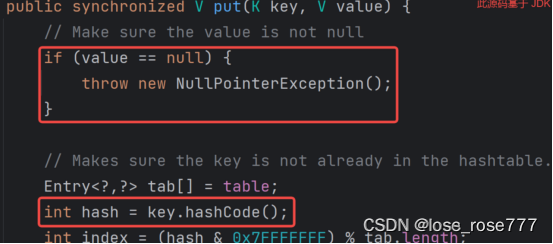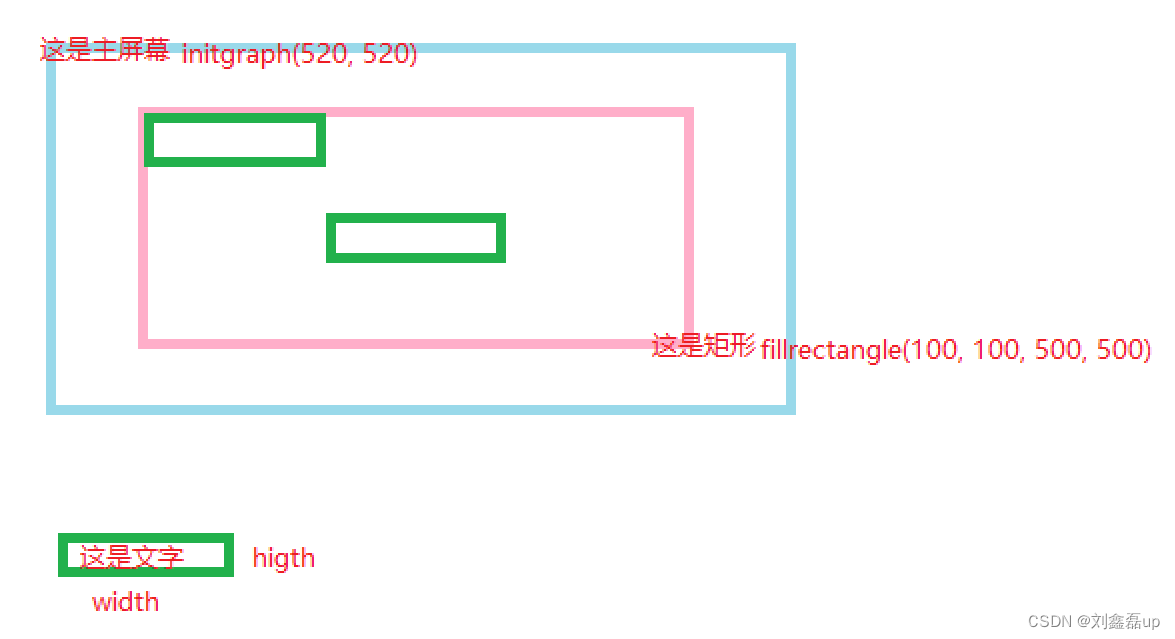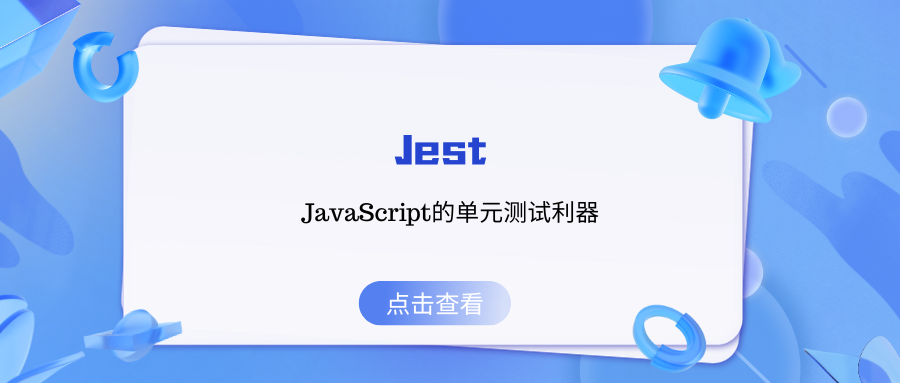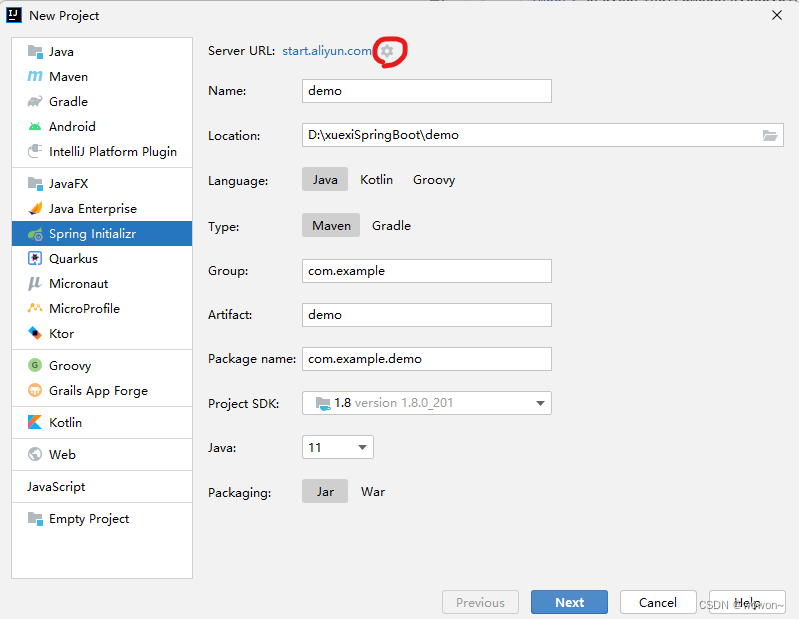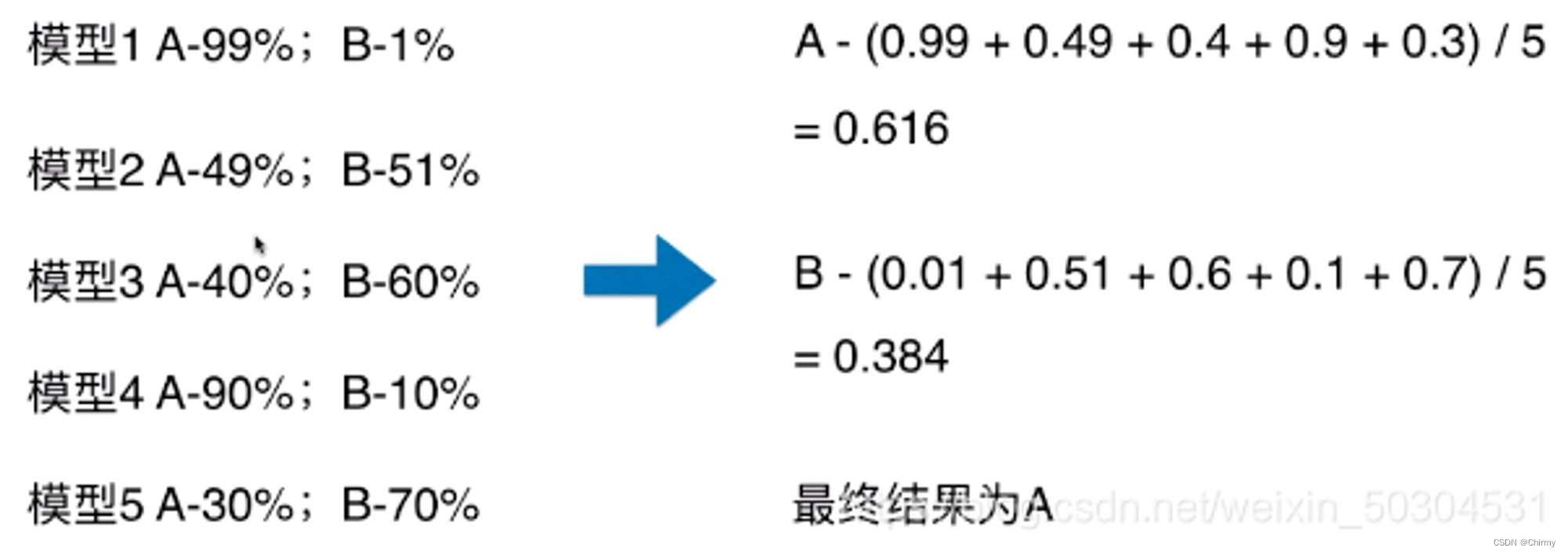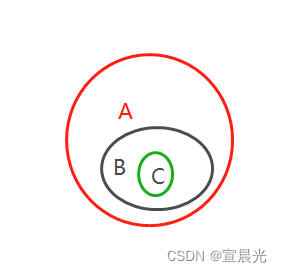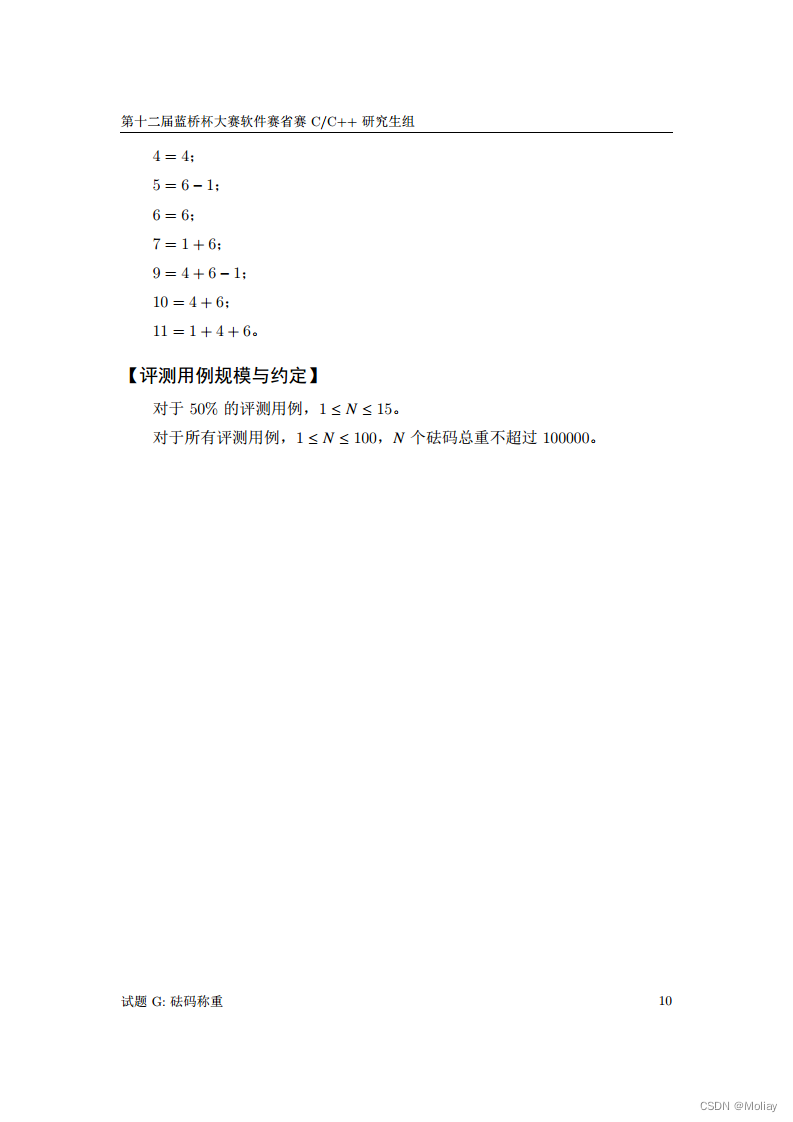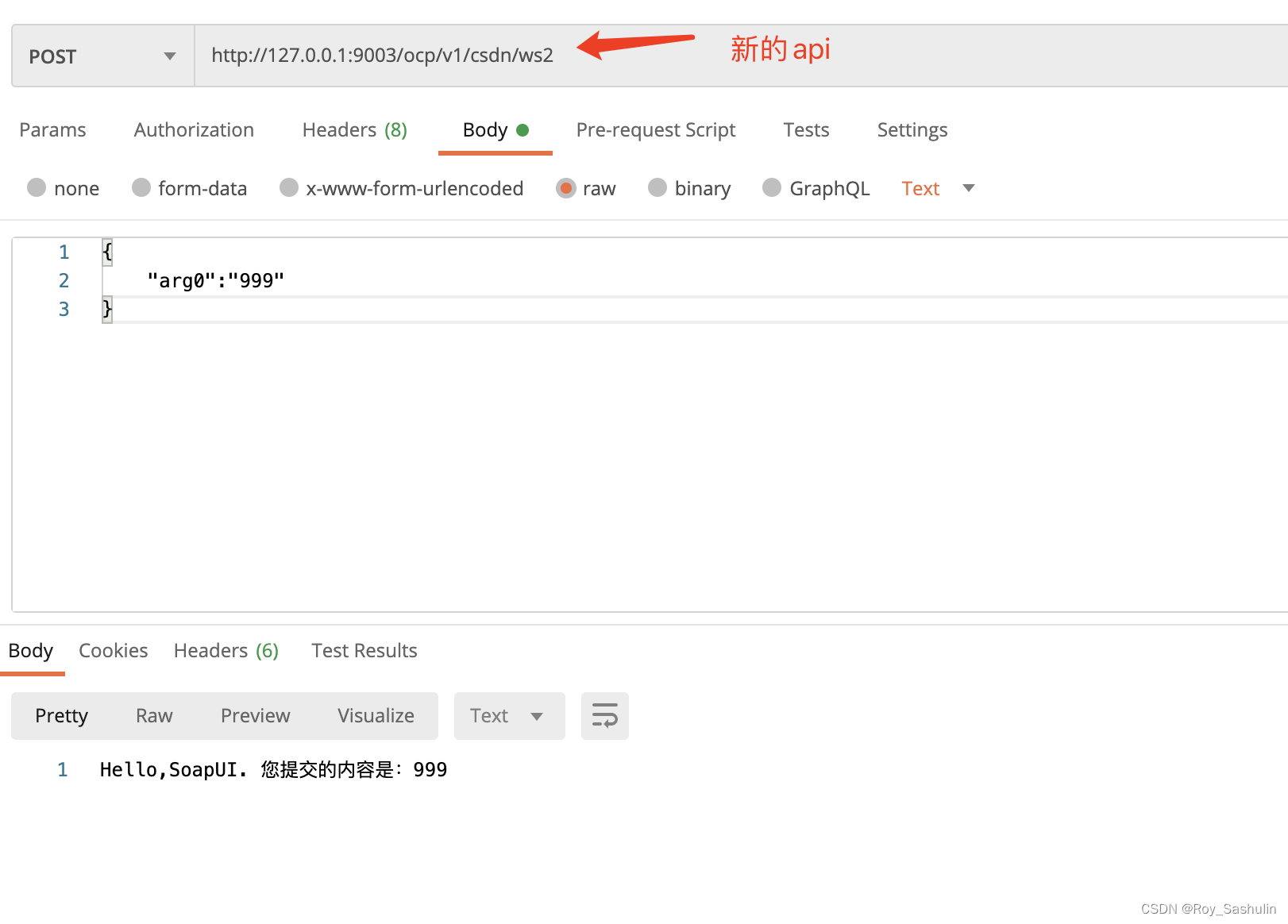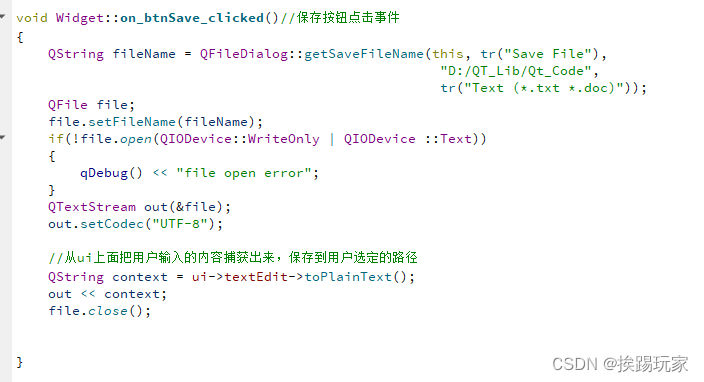IA3(论文:Few-Shot Parameter-Efficient Fine-Tuning is Better and Cheaper than In-Context Learning),通过学习向量来对激活层加权进行缩放,从而获得更强的性能,同时仅引入相对少量的新参数,如下图左边所示,它的诞生背景是为了改进 LoRA。
为了使微调更有效,IA3(通过抑制和放大内部激活注入适配器)使用学习向量重新调整内部激活。 这些学习到的向量被注入到典型的基于transformer的架构中的attention和feedforward模块中。 原始权重保持冻结,这些学习到的向量是微调期间唯一可训练的参数。 与学习 LoRA 更新低秩权重矩阵不同,处理学习向量可以使可训练参数的数量少得多。
与 LoRA 类似,IA3 具有许多相同的优点:
IA3 通过大幅减少可训练参数的数量,使微调更加高效。对于 T0 模型,使用 IA3 的可训练参数更少。
原始的预训练权重保持冻结状态,这意味着您可以拥有多个轻量级、便携式 IA3 模型,用于在其之上构建的各种下游任务。
使用 IA3 微调的模型的性能与完全微调的模型的性能相当。
IA3 不会增加任何推理延迟,因为适配器(adapter)权重可以与基础模型合并。
原则上,IA3 可以应用于神经网络中权重矩阵的任何子集,以减少可训练参数的数量。 根据作者的实现,IA3 权重被添加到 Transformer 模型的 key, value 和 feedforward 层。 给定注入 IA3 参数的目标层,可训练参数的数量可以根据权重矩阵的大小确定。
下面简单介绍通过peft实现IA3对模型进行微调的大致流程。
# 基于peft使用IA3对生成式对话模型进行微调
from datasets import Dataset
from transformers import AutoTokenizer, AutoModelForCausalLM, DataCollatorForSeq2Seq, TrainingArguments, Trainer
# 加载数据集
ds = Dataset.load_from_disk("../transformers-code-master/02-NLP Tasks/16-generative_chatbot/alpaca_data_zh")
print(ds[:3])
# 数据集处理
tokenizer = AutoTokenizer.from_pretrained("../models/bloom-1b4-zh")
# 数据处理函数
def process_func(example):MAX_LENGTH = 256input_ids, attention_mask, labels = [], [], []instruction = tokenizer("\n".join(["Human: " + example["instruction"], example["input"]]).strip() + "\n\nAssistant: ")response = tokenizer(example["output"] + tokenizer.eos_token)input_ids = instruction["input_ids"] + response["input_ids"]attention_mask = instruction["attention_mask"] + response["attention_mask"]labels = [-100] * len(instruction["input_ids"]) + response["input_ids"]if len(input_ids) > MAX_LENGTH:input_ids = input_ids[:MAX_LENGTH]attention_mask = attention_mask[:MAX_LENGTH]labels = labels[:MAX_LENGTH]return {"input_ids": input_ids,"attention_mask": attention_mask,"labels": labels}
# 数据处理
tokenized_ds = ds.map(process_func, remove_columns=ds.column_names)
tokenized_ds
# 创建模型
model = AutoModelForCausalLM.from_pretrained("../models/bloom-1b4-zh", low_cpu_mem_usage=True)
from peft import IA3Config, TaskType, get_peft_model# 配置微调参数
config = IA3Config(task_type=TaskType.CAUSAL_LM)
# 创建模型
model = get_peft_model(model, config)# 查看模型微调参数
model.print_trainable_parameters()
# 配置训练参数
args = TrainingArguments(output_dir="./peft_model",per_device_train_batch_size=4,gradient_accumulation_steps=8,logging_steps=10,num_train_epochs=2,learning_rate=3e-3
)# 创建训练器
trainer = Trainer(model=model,args=args,train_dataset=tokenized_ds,data_collator=DataCollatorForSeq2Seq(tokenizer=tokenizer, padding=True),
)
# 模型训练
trainer.train()
# 模型推理
model = model.cuda()
ipt = tokenizer("Human: {}\n{}".format("周末去重庆怎么玩?", "").strip() + "\n\nAssistant: ", return_tensors="pt").to(model.device)
res =tokenizer.decode(model.generate(**ipt, max_length=128, do_sample=True)[0], skip_special_tokens=True)
print(res)
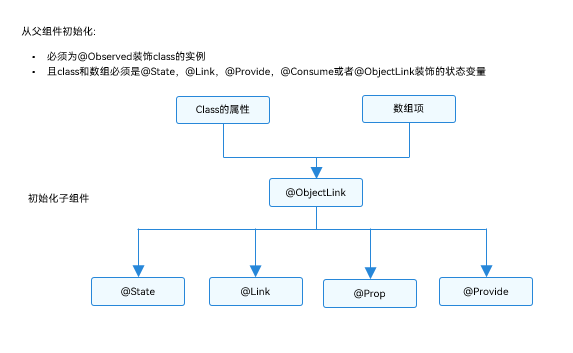

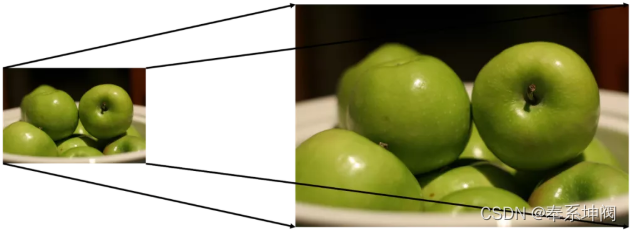
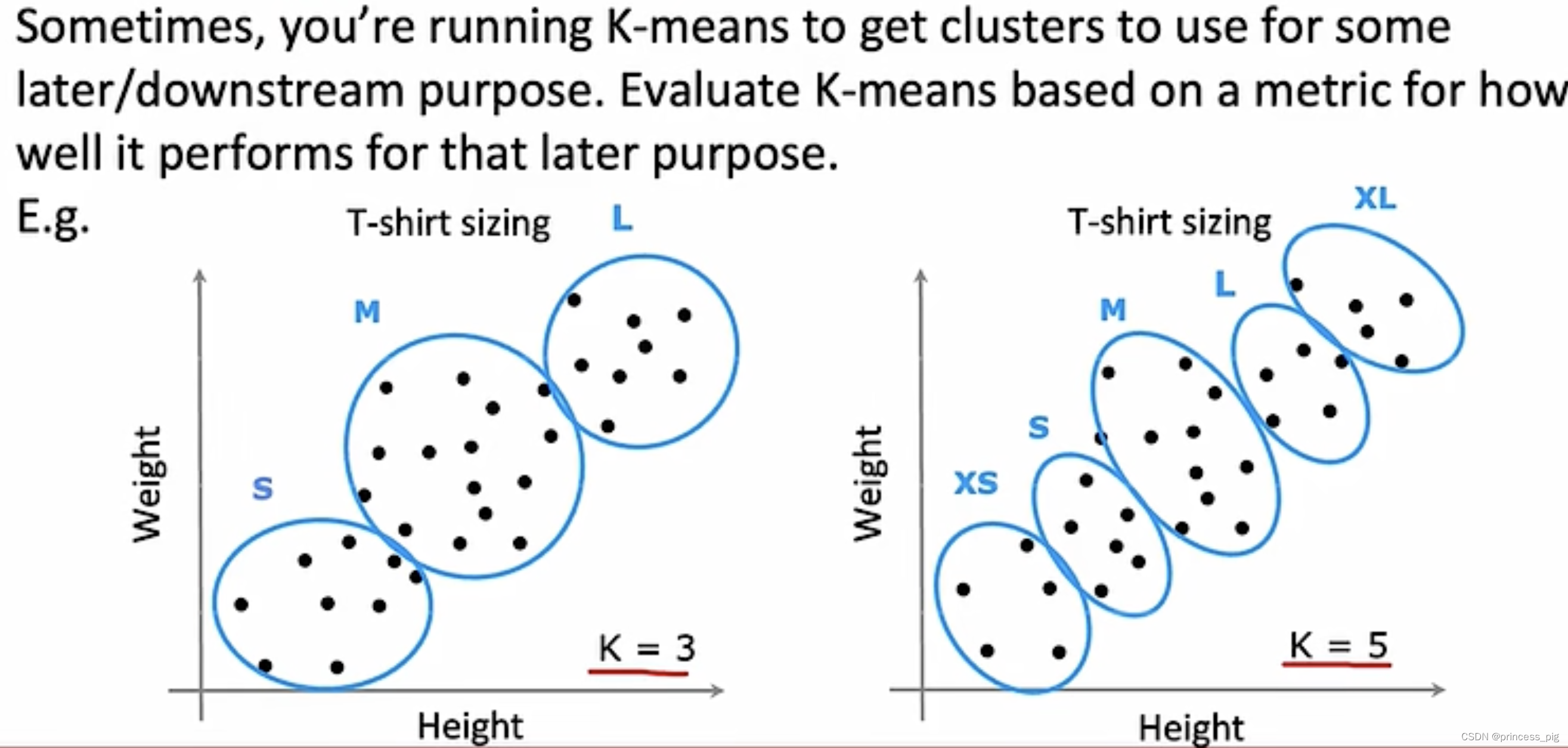
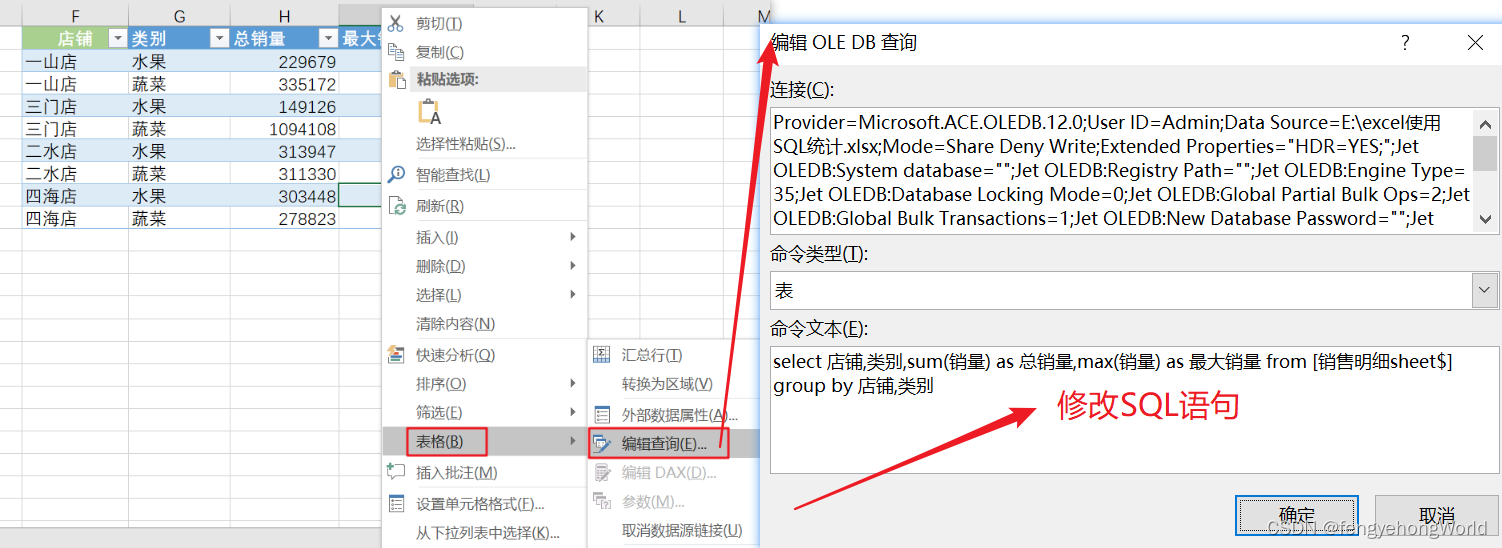


![[Halcon学习笔记]标定常用的Halcon标定板规格及说明](https://img-blog.csdnimg.cn/img_convert/fa6de7a12f2f31d0bc74b341454970f3.webp?x-oss-process=image/format,png)
